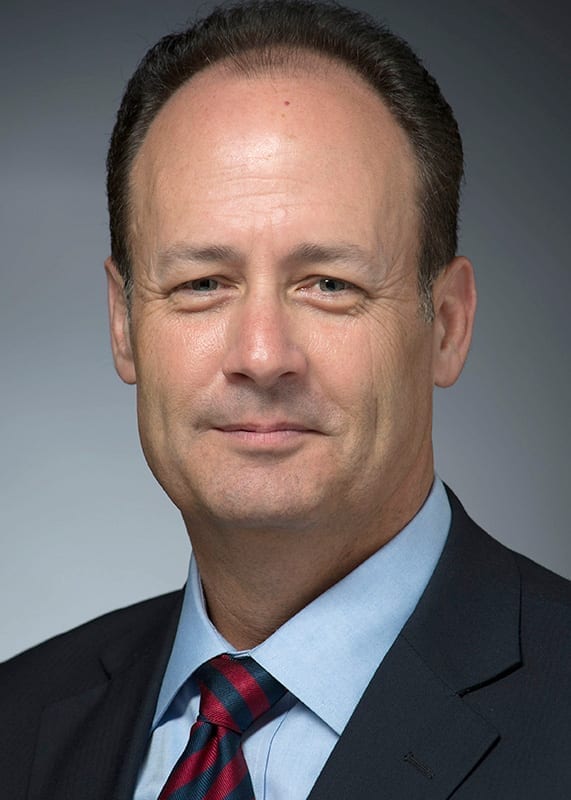
It was not quite a year ago when Huntington Ingalls Industries (HII) reorganized its Technical Services segment to include three distinct business units.
Nuclear and Environmental Services, the unit in charge of business development at Department of Energy nuclear-weapons…